Eco-Cha Tea Club
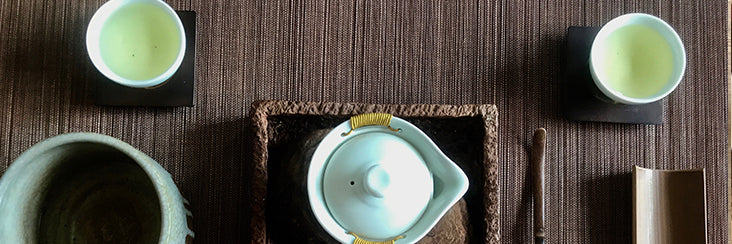
Alishan Late Spring Oolong Tea Tasting Notes | Eco-Cha Tea Club
The complex aroma of the brewed tea leaves has subtle hints of a bug bitten character, but not very obvious. The sufficient oxidation offers a fresh scone scent, with a touch of honey, making us think that there is some influence from the Green Leafhopper. It is very likely that this note is subtle due to the fact that it had rained very near harvest time, which is said to dilute or dissipate the chemical compounds that are responsible for this character of flavor. The texture is smooth and balanced, with delicate complexity.
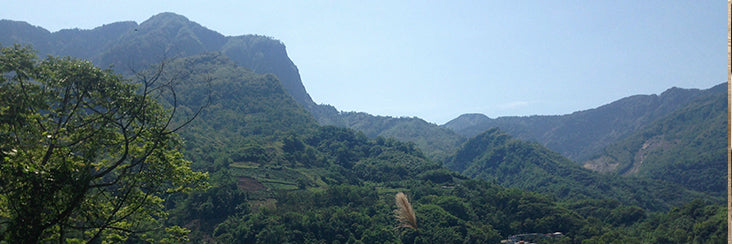
Alishan Late Spring Oolong Tea | Eco-Cha Tea Club
We discovered this batch of tea through our mentor, Lisa Lin, who had already purchased a significant amount of this day's harvest. We introduced Lisa to Mr. Ye a few years ago, and she has been sourcing batches of bug bitten spring tea from him every year since. About a month ago, we were sitting at Lisa's tea table, and just happened to ask if she had bought any spring tea from Mr Ye. She said yes, and promptly brewed some for us to try. We were impressed, and called Mr. Ye the next day to see if any of this day's harvest was still available. He said yes.
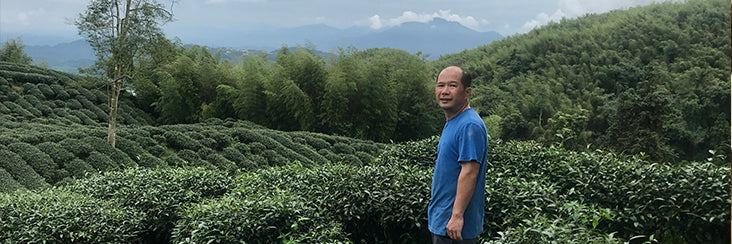
Traditional Lugu Oolong Tea | Eco-Cha Tea Club
Mr. Zhang's father cultivated tea on their homesteaded land in Xiaobantian, on the southside of Lugu Township, where he grew up in the midst of traditional tea making. At 20 something, he decided to embody his local tradition by clearing land to cultivate his own plot of tea. For the last 20 years, he has managed his own humble, privately owned plot of tea. Throughout this period, he also acquired seasonal work in tea factories in Lugu, Shanlinxi, Alishan, Fanzaitian, and Lishan. In a word, he learned the ropes of tea making in a comprehensive way, like most tea farmers of his generation. Lugu hosts the highest concentration of tea makers in Taiwan, and is a hub of specialty tea making culture.
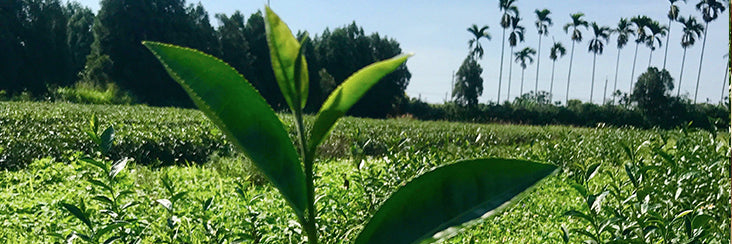
Jin Xuan GABA Black Tea | Eco-Cha Tea Club
After years of honing his GABA tea making skills using Oolong processing methods, Mr. Xie decided to process this harvest as a GABA Black Tea for the first time. The entire harvest amounted to less than 20 kg, and by the time we found out about it, there was barely enough to be shared with our Tea Club members!
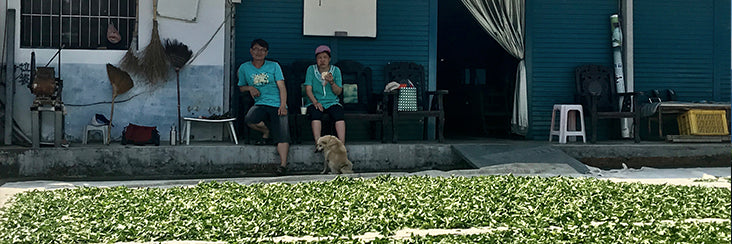
Qing Xin Oolong Black Tea | Eco-Cha Tea Club
We chose the name "Qing Xin Oolong Black Tea" in accordance with the local terminology, which would be simply "Oolong Black Tea" (烏龍紅茶). But because in English, Oolong is the name given to partially oxidized teas, we added the Chinese pinyin of this traditional strain of tea plant that originated in mainland China. Qing Xin literally means "green heart" which describes the appearance of the stem of the leaf.
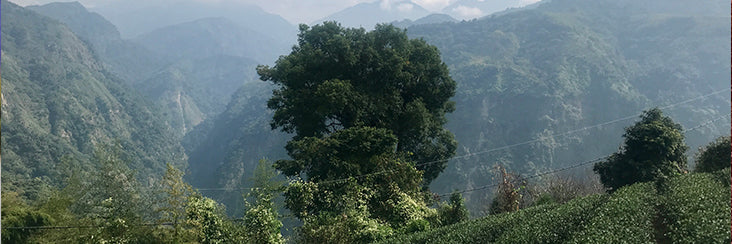
Red Oolong Tea | Eco-Cha Tea Club
This is what inspired us to share this batch of tea that was produced in Nantou County. We consider this batch of tea to be properly named Red Oolong, simply because the leaves are obviously only partially oxidized. The flavor of the tea has aspects of a Black Tea character while maintaining the fragrant, aromatic complexity of an Oolong.
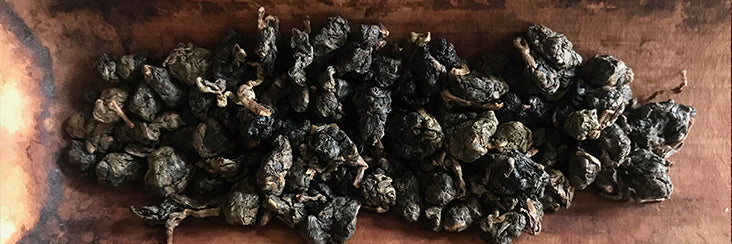
Fo Shou Oolong Tea Tasting Notes | Eco-Cha Tea Club
Fo Shou, or Buddha Hand, is a traditionally made Oolong Tea with deep roots — literally. This name refers to a large-leaf strain of tea, putting in the same category as Wild Tea, Assam, and Red Jade #18. Large-leaf strains are a category that is distinctly separate from the majority of small-leaf tea strains cultivated for Chinese Oolong, Green and Black Tea production.
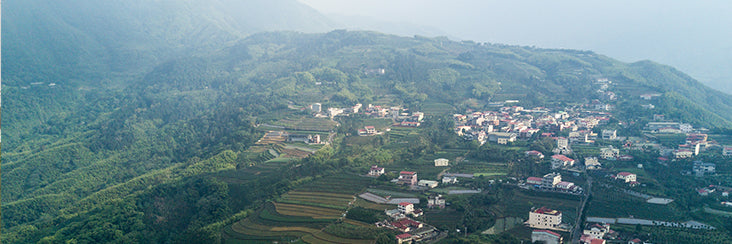
Honey Oolong Tea | Eco-Cha Tea Club
A mom, dad, and son team manage their small family farm and process their crops on their own. And the recent spring harvest offered the pleasant surprise of one day's harvest turning out to be Honey Oolong. This name is properly used when the flavor of the tea has a distinct honey character that results from the Green Leafhopper working its magic. The Leafhopper (jacobiasca formosana) is a tiny green bug that likes to feed on the sap of the tender new leaf buds.
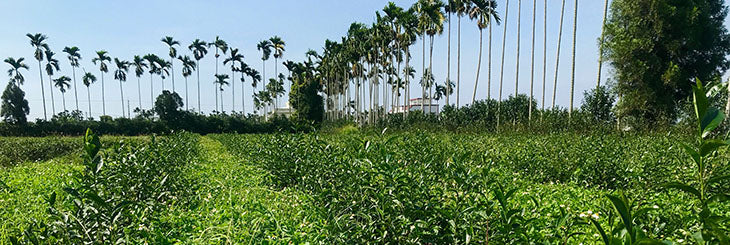
Eco-Farmed Jin Xuan GABA Tea | Eco-Cha Tea Club
While GABA tea was invented in Japan, it wasn't until Taiwanese tea makers applied their expertise in Oolong Tea processing methods that it became known for its unique qualities of flavor along with its heath benefits. Japanese production of GABA tea is focused on its value as a health food supplement, similar to green tea powder. The tea industry in Taiwan relies on its differentiating value of quality produce to compensate for its relatively low volume, compared to other tea producing countries. So when the demand for GABA tea increased, Taiwanese tea makers used their skillful resources and developed a specialty tea with specific healthy attributes.
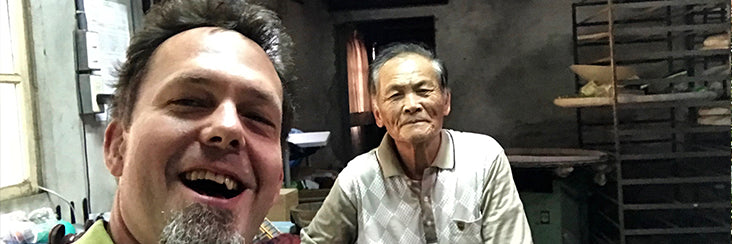
Dong Ding Tie Guan Yin Oolong | Eco-Cha Tea Club
Our monthly missions to find exceptional singular batches of tea to share with the Eco-Cha Tea Club have led us full circle back to where we were exactly 2 years ago — in the workshop of our favorite elder artisan Mr. Su. On the day we stopped by and snapped the photo above, we found him tasting his batches of tea one last time before entering them into the world's largest Oolong Tea competition, where he has won Champion Prize. But we were visiting him with another type of tea in mind — the tea we sourced from him and shared with the Eco-Cha Tea Club in January 2016, which we named Dong Ding Tie Guan Yin Oolong.

